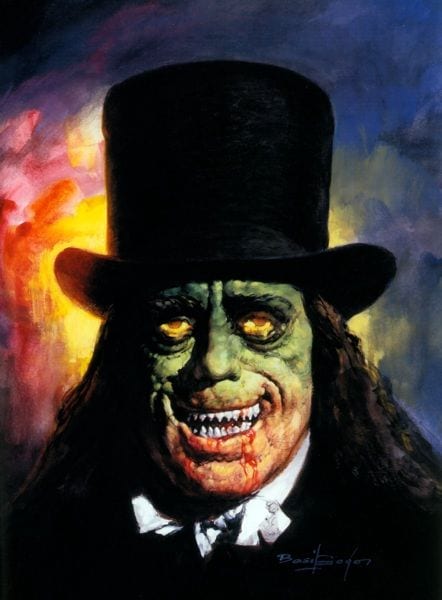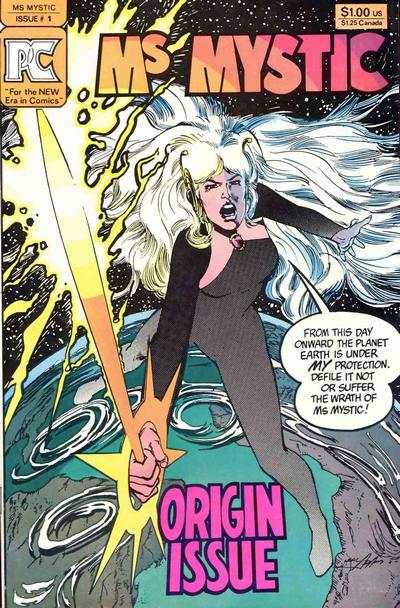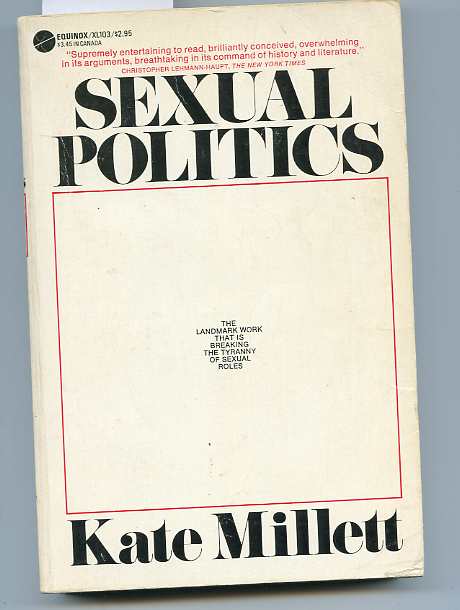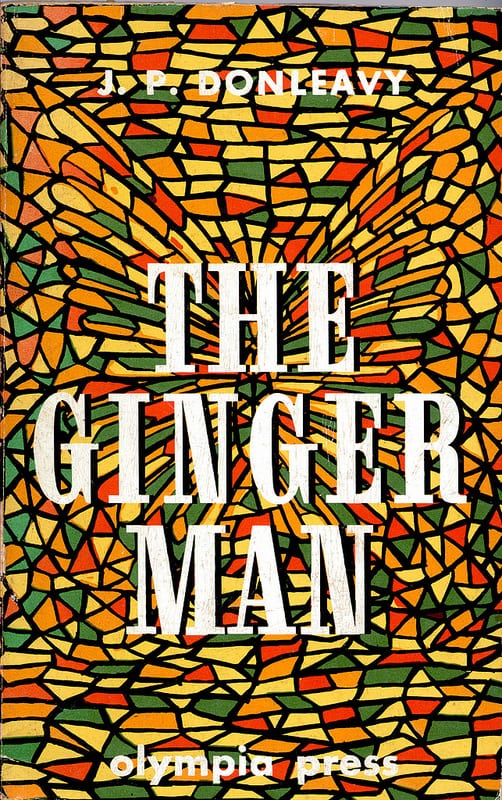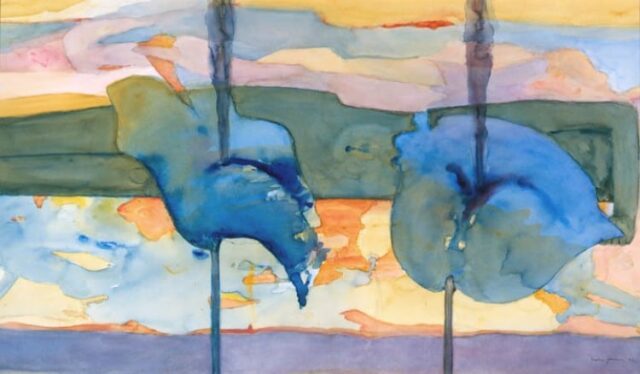Today on the site, Annie Mok interviews Sofia Foster-Dimino.
ANNIE MOK: The title Sex Fantasy seems a little bit like a feint, because the book is kind of about sex and kind of not about sex.
SOPHIA FOSTER-DIMINO: Yeah, for real [laughs].
MOK: How did you come to this title?
FOSTER-DIMINO: When I picked the title, I didn’t even know I was gonna make it a series. But I wanted something that was striking and intriguing, and maybe a little misleading. People who have read my work closely and have followed along with the whole series are like, of course it is about sex fantasies for sure, even the non-explicit ones. And there are undercurrents of that, like issue 5 is about two women going on a date for maybe the second or third time, so there’s tension and then issue 8 is sort of this intense sexualized dominant-submissive dynamic between two people in a grocery store. And then in the last issue, I wanted to full-on address the concept of sex fantasies, so that’s probably the most direct take on the concept. For the other ones, that are more subtle, I wanted to explore ideas about self-expression and identity. How people change the way they conceive of themselves whether they’re alone or with people they trust, people they just met or people they know really well… So those pressures can change how we see ourselves, which ties into those sex fantasies. The idea of a sex fantasy is you’re imagining a person who you might not know very well and what they’re like and how they get along with you, but you’re also imagining a more perfect embodiment of yourself, a scenario where you can be the person that you truly want to be.
Meanwhile, elsewhere:
—News. Hugh Hefner, the Playboy founder and failed cartoonist, died yesterday at 91. Through his magazine and various other ventures, he published many of the best comics artists of the last century, including Jack Cole, Harvey Kurtzman, Will Elder, Jules Feiffer, Art Spiegelman, Gahan Wilson, B. Kliban, and many others, though few of them did their best work under his patronage. It's an undeniably important but contested legacy. The New York Times obituary is here.
As a child, Mr. Hefner spent hours writing horror stories and drawing cartoons. At Steinmetz High School, he said, “I reinvented myself” as the suave, breezy “Hef,” newspaper cartoonist and party-loving leader of what he called “our gang.” At the University of Illinois, after serving in the Army, he edited the humor magazine and started a photo feature called “Co-ed of the Month.”
[...]
Meanwhile he was plotting his own magazine, which was to be, among other things, a vehicle for his slightly randy cartoons. The first issue of Playboy was financed with $600 of his own money and several thousand more in borrowed funds, including $1,000 from his mother. But his biggest asset was a nude calendar photograph of Marilyn Monroe. He had bought the rights for $500.
—Interviews & Profiles.At du9, Xavier Guilbert interviews Simon Hanselmann.
You know, I’m still learning, I still feel like a terrible cartoonist. A few months ago, I had a big artistic crisis, and just thought all the Megg, Mogg and Owl was shit and just like garbage. But you know now I am back to thinking like “it’s okay, it’s fun”. But I think that’s death for an artist when you say : “yeah, this is awesome, I’m the best, you know, this is perfect.” You always need to grow and change and try to be better.
I should point out, I don’t use tumblr anymore, really. Tumblr’s garbage now, it really is — tumblr’s dead. I use Instagram, that’s much better, everyone migrated to Instagram. I feel guilty that I don’t update my tumblr much anymore. But you know, it was a good tool, and Instagram now is a good tool for just, like you said, throwing out sketches and different shit. I like to try and post something everyday, if I can, just to keep people interested. A long time ago, American cartoonist Sammy Harkham told me just this : you’ve gotta take every interview, keep on getting shit out there, keep in the public eye, because otherwise people will just forget about you (laugh). So there’s that paranoia in me that just has to keep producing, I have to keep putting this out. And I make a living from this now, I used to scrap birdshit out of aircraft hangars and work at McDonald’s — I don’t want to do that anymore, I’m very selfish and I just wanna draw comics all day. I wanna do what I wanna do, and the rest of the world can just fuck off (laugh). So, you know. You just have to keep pushing it, you can’t be lazy. If you wanna be successful, you can’t be lazy. This applies to anything, just like being an electrician, or being in the Navy or whatever. If you wanna have success, you have to work hard, you can’t fuck around.
WBUR talks to comics scholar A. David Lewis about Muslims in superhero comics.
There have been many, going as far back as our research finds to 1944, a character who's dear to me, Kismet, Man of Fate, first appeared in Bomber Comics, No. 1 in 1944. He has slight, small premonitions of the future, and he uses that to fight Nazis in wartime France.
This is your good Muslim, and you get the sense that absolutely no Muslims were involved in the writing or illustrating of this character, not surprising, this was 1940s New York.
The Deconstructing Comics podcast talks to Derf Backderf.
—Reviews & Commentary. In a review of three recent books on Korea, Charles Montgomery writes about Yeon-Sik Hong’s Uncomfortably Happily.
The artwork, which the back cover describes as ranging “from the gently pastoral to the surreal and harrowing,” has similarities to that of Lynda Barry in its simple depiction of people and Shigeru Mizuki in its mix of realistic and impressionist elements in the landscape and background. The translation, by Californian cartoonist Hellen Jo, is perfect for the cartoon format. Uncomfortably Happily is clever, charming, and worth a look if you are interested in a droll family story, graphic novels, or an introduction to a wide range of Korean modern culture in a primarily visual format.
—Not Exactly Comics. At 4Columns, Ed Halter writes about the pornographic art of former underground cartoonist and filmmaker Mike Kuchar.
Here, in a show simply titled Drawings by Mike!, are twenty-two neatly framed ink-and-felt-tip-pen cartoons of tousle-haired Caucasian bohunks engaged in a variety of joyously, nakedly homoerotic situations: skinny dipping, crotch grabbing, pec rubbing, tit sucking. Their bare asses are, without exception, spheric and shiny, like the juiciest apple you’d ever hope to bite. Their sparkling eyes appear glazed over, staring into daydreams even as the men lick and paw at one another’s brawny bodies. Their expressive dicks are thick and veiny: some half-tumescent flesh-tubes flop lazily downward; others stab at the air, yearning toward some object of desire, dribbling semen like a salivating predator.
And J. Hoberman writes about a show featuring Peter Saul's new paintings about Trump.
Saul, now eighty-three, has been categorized as a political pop artist and a proto-punk neo-surrealist, although he has as much in common with the grotesque Mad magazine cartoonist Basil Wolverton as with any American painters. He’s done Nixon and Reagan (both as governor and president) as well as George W. With candy colors placed in the service of gross physical distortion and blandly offensive savagery—crucifixions are common, the electric chair is a frequent prop—his unnaturally festive work would scarcely seem out of place on the wall of a Venice Beach tattoo emporium. “Not to be shocking means to agree to be furniture,” he once said. Still, Saul’s portraits of Trump are relatively naturalistic—though the impossible settings in which the president is placed are not.
—Misc. New York readers of this site might want to go to Desert Island tonight for the release party of Mirror Mirror II, the anthology edited by two frequent TCJ contributors, Julia Gfrörer and Sean T. Collins. Several artists from the book, from Aidan Koch to Al Columbia, will be signing.






















